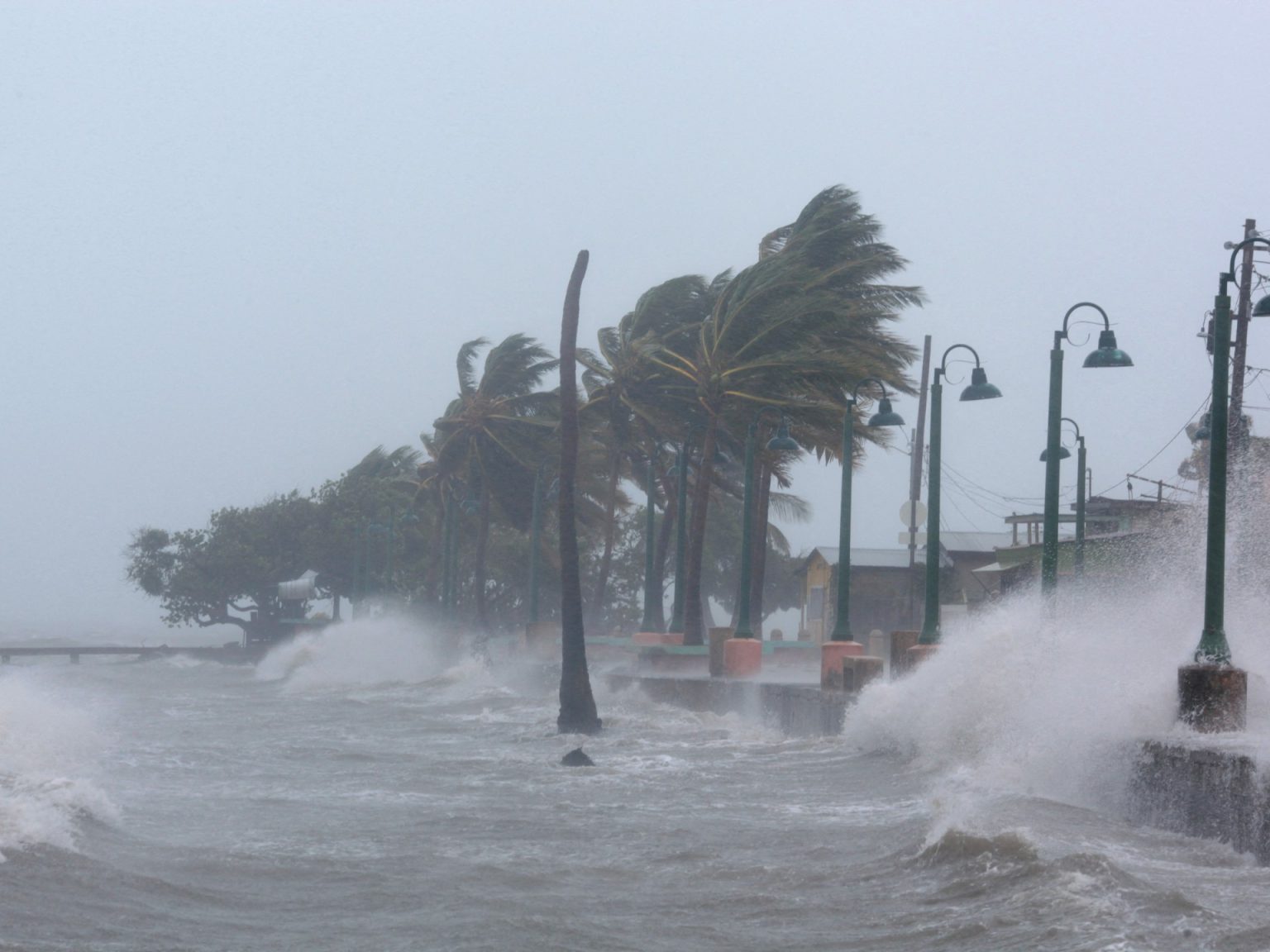The United Nations report highlights the vulnerability of coastal areas in the Caribbean and Latin America to extreme weather events exacerbated by the climate crisis. Approximately 41 million people in the region, or about 6 percent of the population, are exposed to life-threatening storms and flooding. The report also points out that nearly 1,450 hospitals in low-lying coastal areas are vulnerable to natural hazards, posing a threat to maternal health and family planning services.
An alarming finding of the report is that more than 80 percent of hospitals in countries such as Aruba, Cayman Islands, Suriname, Bahamas, and Guyana are situated in areas prone to dangerous storms. In Ecuador, 12 percent of healthcare facilities were located in these at-risk areas, while the percentages were slightly lower in Haiti and Brazil. These vulnerabilities are being discussed at a Small Island Developing States summit in Antigua and Barbuda, where leaders are addressing the impacts of the climate crisis on vulnerable nations, particularly small island states.
Small island states in the Pacific, Atlantic, and Caribbean regions, with minimal emissions, face significant challenges due to their exposure to natural disasters, high debt levels, and reliance on imports and tourism. The Antigua and Barbuda Prime Minister emphasized the importance of rich nations honoring their commitments under the Paris Agreement, which aims to limit emissions and prevent temperatures from rising more than 1.5 degrees Celsius above pre-industrial levels. Additionally, he called for the fulfillment of a pledge to provide $100 billion annually to support poorer countries in reducing emissions and adapting to extreme weather events.
The climate crisis is leading to more frequent and severe storms globally, including droughts, wildfires, floods, and hurricanes. Forecasters at the National Oceanic and Atmospheric Administration in the United States have predicted above-normal hurricane activity in the Atlantic basin for the upcoming year. Factors contributing to this heightened risk include warm ocean temperatures, the development of La Nina conditions in the Pacific, reduced Atlantic trade winds, and less wind shear. The Atlantic hurricane season typically runs from June to November, presenting ongoing challenges for coastal communities.
The increased frequency and intensity of hurricanes underscore the urgent need for global action to address the climate crisis and its devastating impacts. Vulnerable populations, particularly women and girls, are disproportionately affected by climate-related disasters, exacerbating existing inequalities. As countries continue to grapple with the consequences of extreme weather events, it is crucial for nations to fulfill their commitments under international agreements like the Paris Agreement and provide support to developing countries to build resilience and mitigate the effects of the climate crisis.


